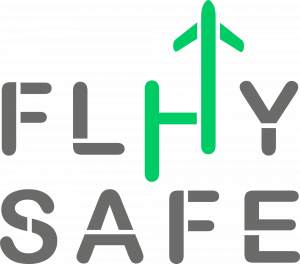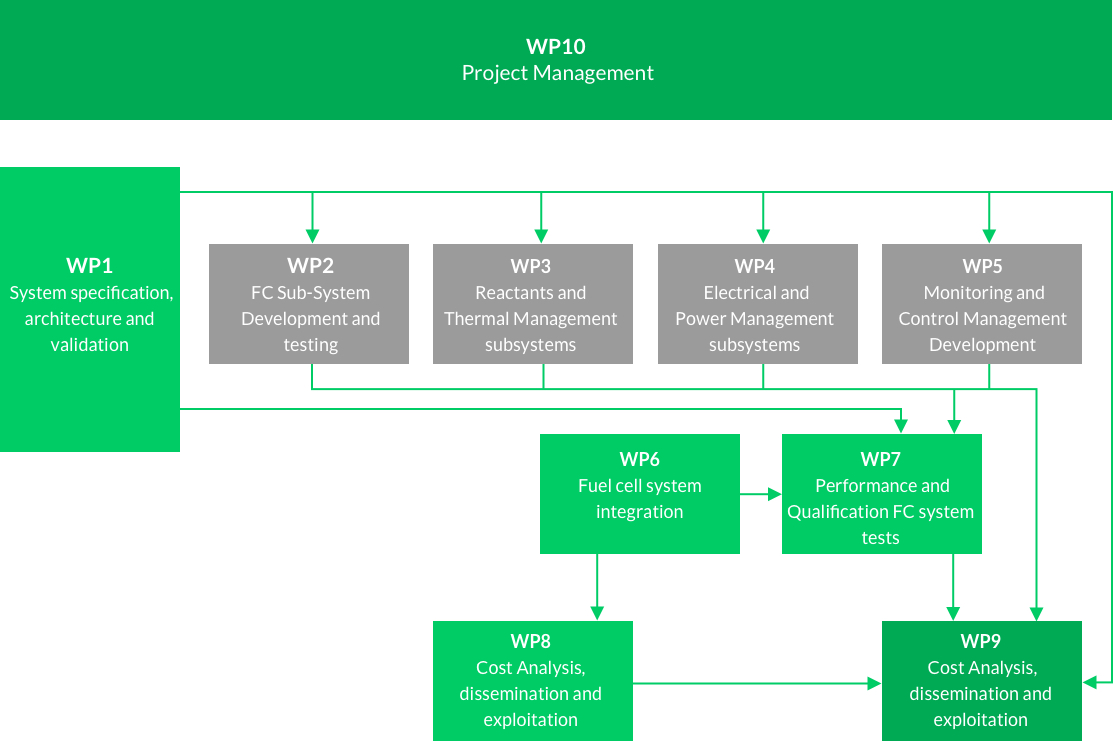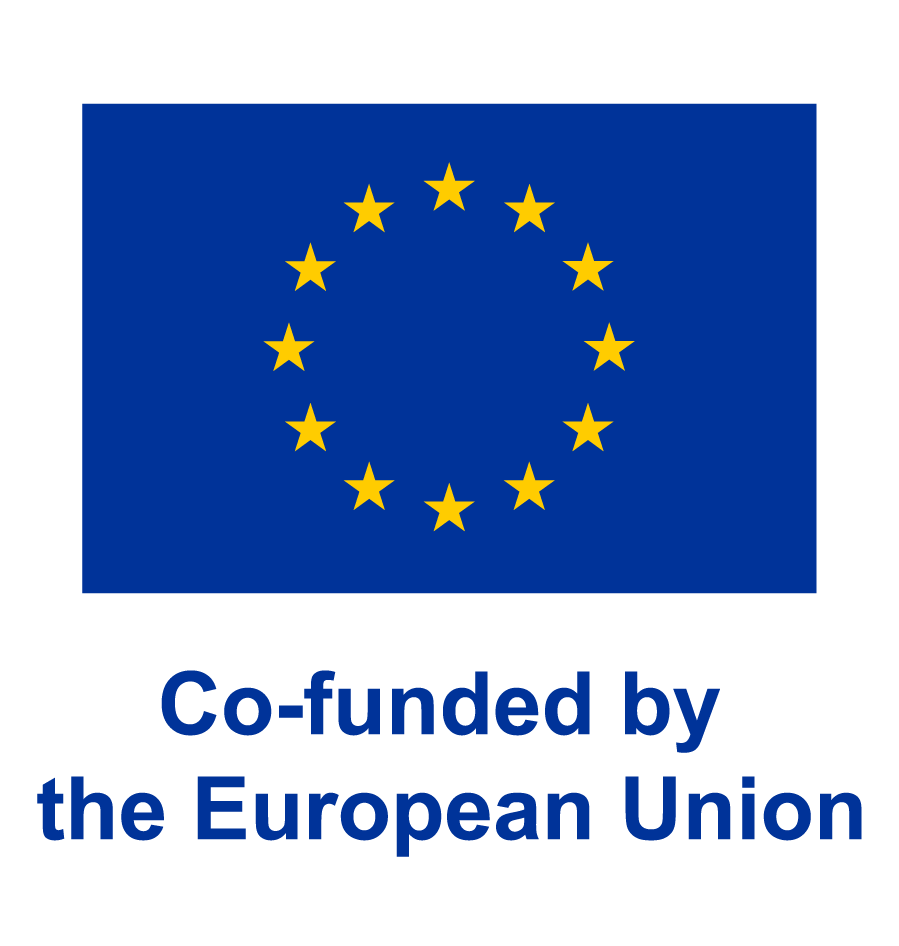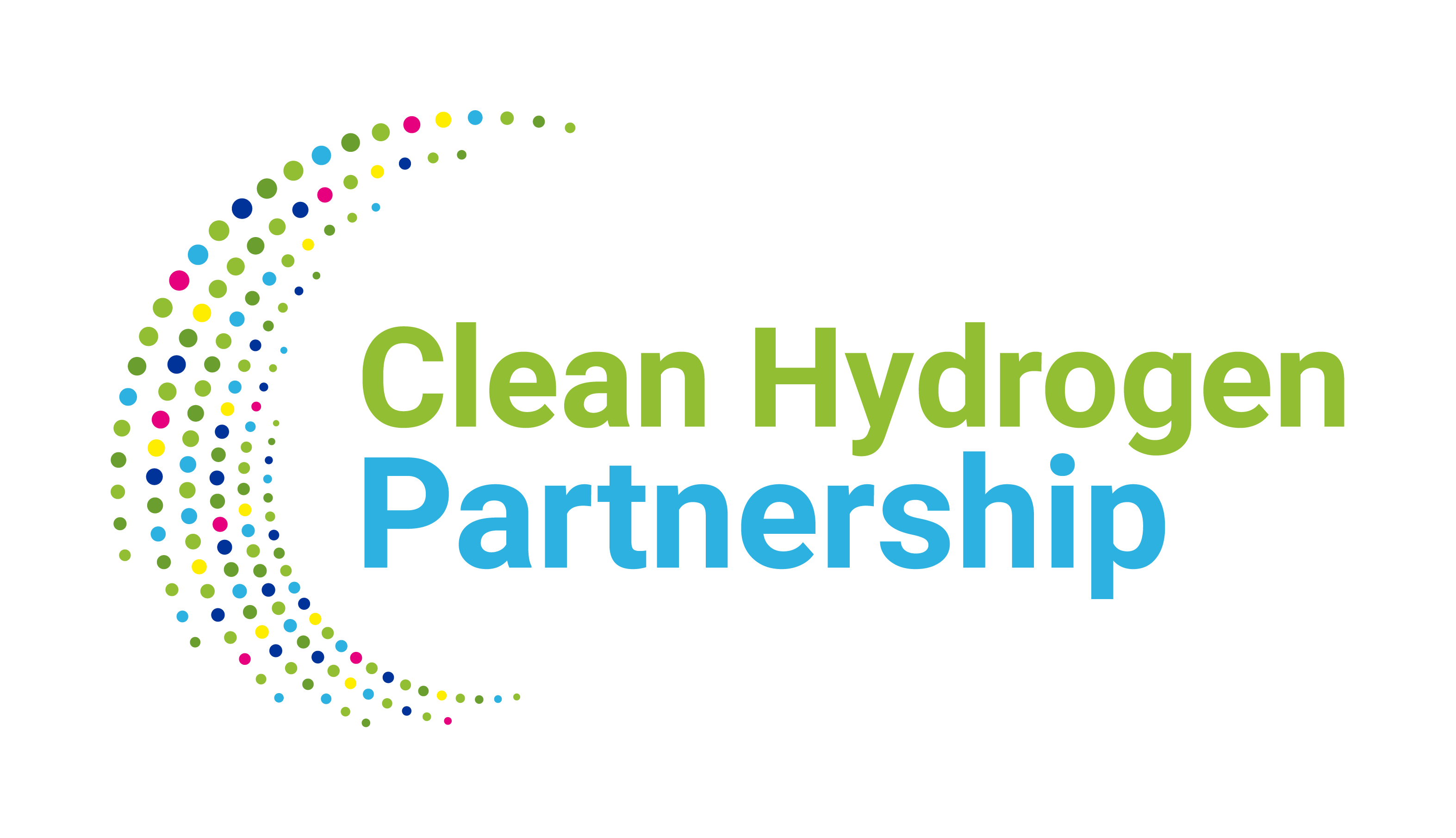PROJECT OBJECTIVES
The main objective of FLHYSAFE is to demonstrate that a cost efficient modular fuel cell system can replace the most critical safety systems and be used as an Emergency Power Unit (EPU) aboard a commercial airplane providing enhanced safety functionalities. Additionally, the project will virtually demonstrate that the system is able to be integrated into current aircraft designs respecting both installation volumes and maintenance constraints.
To fulfil its main objectives, two technical objectives will allow to deliver a safe and reliable FC system based EPU at TRL 6 and help pave the way for the third specific objective, which will allow the preparation of the project follow up and moves towards higher TRL. The long-term specific objective is thus to pave the way for the industrialisation and commercialisation through the involvement of other stakeholders (airframers, airliners, authorities), through exploitation plans and management of IPs and through the promotion of the project results thanks to an efficient communication and dissemination plan.
FLHYSAFE has thus three specific objectives:
1. Design a modular Fuel Cell based Emergency Power Unit with a power range from 15kw to 60kw
2. Develop and validate the FC system based EPU at TRL 5-6
3. Prepare the roadmap for exploitation










